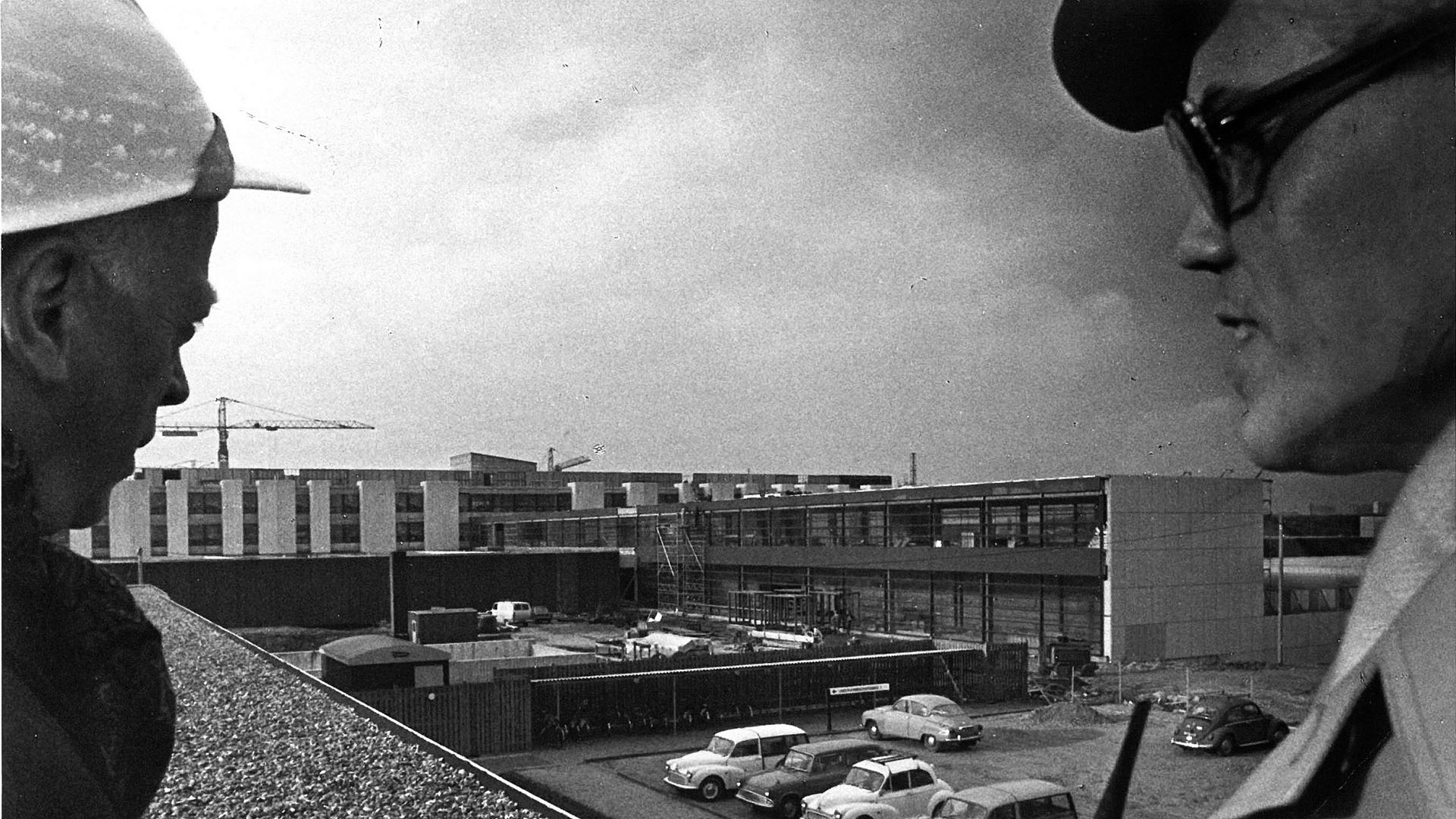Architects understand each other easily, but they often have trouble getting clients to understand their work. In her PhD thesis, Birgitte Hansen illustrates the thinking process and actions of architects in practice through a series of examples. She also makes tangible what role architects can play in decision-making processes.

Her research zooms in on the hospital sector in Denmark, which is currently being restructured for billions of kroner. This overhaul is to result in a handful of mega-hospitals that will play a dominant role in Denmark’s healthcare system. The debate on this transition focuses mainly on evidence-based design, healing environments, and how architecture can contribute to patient recovery. “What bothers me about this debate is that the architects are no longer basing their arguments on their own expertise. Architecture involves a lot of qualitative aspects that cannot be measured or calculated. The architect must be able to explain the value of such aspects in understandable terms,” Hansen says. Architecture is much more than the sum of an amount of data or a collection of appealing drawings, she explains. It is a highly complex discipline, founded on a huge amount of knowledge and ideas.
In her dissertation, ‘Architectural Thinking in Practice’, she proposes a new approach to architecture in which she formulates five ‘interpretive lenses’ through which architecture can be examined to provide insight into architectural thinking and expertise. In short, what it means to be an architect. Hansen explains that an architectural design brief involves physical, dynamic and social processes, an experience aspect and a storyline. In other words, a good design not only describes a structure, but also how the structure will meet future demands, how its users will interact and how it will convey both a visual story and an experience.
She used the ‘interpretive lenses’ method to analyse the current Danish hospital debate and also carried out a historical analysis. The analysis uses examples to demonstrate how architecture is a materialisation of culture. Hvidovre Hospital in Copenhagen was built in 1976, when nobody had yet heard of the concept of using architectural design to achieve measurable patient recovery targets. And yet, patients in this hospital look out over green gardens, while this was not actually a design requirement. “Danish patients do not want to be surrounded by cold and impersonal architecture when they are in hospital,” explains Hansen. “They want to have access to a natural environment, preferably in the form of a garden. This is a cultural value that architects can weave into the experience value of their architectural designs.” The same phenomenon applies to two other Copenhagen hospitals that were built in 1863 and 1913. Here too, gardens were an important component of the architectural concept. In Denmark, the importance of hospital gardens is founded on both cultural and historical arguments, and not only in terms of recovery rates. This is confirmed in the current Danish hospital debate. Architectural thinking has been closely intertwined with social ideas for centuries, Hansen discovered. For example, the design of Hvidovre Hospital reveals how strong and widely accepted social and democratic values were in the 1970s. In their turn, these values helped the hospital to define how it wanted to function.
Architectural thinking goes hand in hand with social and cultural values and developments and is expressed in decision-making processes about new public buildings. The architect plays a central role in the project, functioning as a sounding board for the client and interpreting the wishes of the user, but also ensuring that the current zeitgeist is reflected in the building. And this should remain the case, thinks Hansen: “You lose something important if you try to express everything in numbers. Good architecture is only possible if you allow room for the architect’s social and cultural intuition and practical knowledge.”
